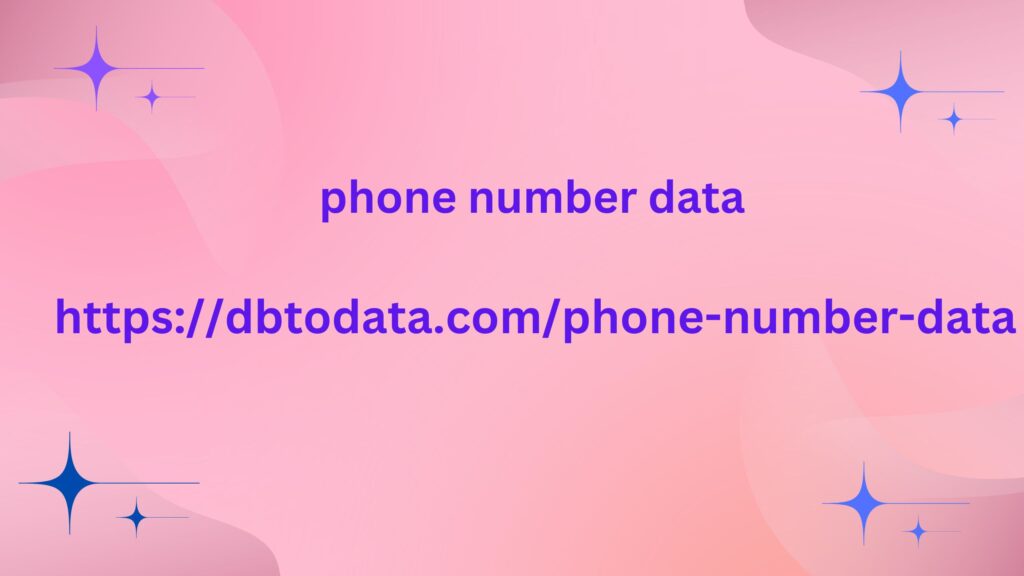Demographic segmentation is one of the most basic yet effective email marketing strategies. It involves dividing your email list based on various demographic factors such as age, gender, location, income level, education, and occupation. By understanding your audience’s demographics, you can tailor your email content and offers to resonate with specific groups. For example, you could send a promotional email for a new skincare product to women aged 25-40.
sychographic Segmentation
Psychographic segmentation goes beyond demographics by considering your subscribers’ psychological attributes. It involves iran phone number data categorizing your audience based on their lifestyle, interests, values, and personality traits. This allows you to create highly targeted email campaigns that appeal to the emotional side of your subscribers. For instance, you could send an email promoting eco-friendly products to subscribers who have expressed interest in sustainability.
Behavioral Segmentation
Behavioral segmentation divides your email list based on your subscribers’ past interactions with your brand. This includes factors such as purchase history, website behavior, email engagement, and social media activity. By analyzing your subscribers’ behavior, you can identify patterns and send relevant content that encourages repeat purchases and loyalty. For example, you could send a personalized product recommendation email to a subscriber who recently purchased a similar item.
Geographic Segmentation
Geographic segmentation involves what to write in a cover letter – easy guide targeting your email campaigns based on your subscribers’ location. a physical location or those that cater to specific regions. By understanding your subscribers’ geographic location, you can tailor your email content to include relevant local information, such as weather updates, events, or promotions.
Segmentation
Firmographic segmentation is singapore data specifically used for B2B businesses. It involves dividing your email list based on the characteristics of your subscribers’ companies, such as industry, company size, revenue, and job titles. This allows you to send highly targeted email campaigns that address the specific needs and pain points of your target audience.
Time-Based Segmentation
Time-based segmentation involves sending emails at specific times or on specific days based on your subscribers’ preferences or behavior. This can help improve email open rates and engagement. For example, you could send a promotional email for a weekend sale on Friday afternoon or send a personalized birthday email to your subscribers on their special day.

